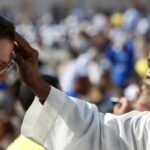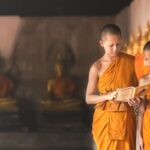We explain what the clergy is and what its characteristics are. Also, how do secular clergy and regular clergy, and high and low clergy, differ?
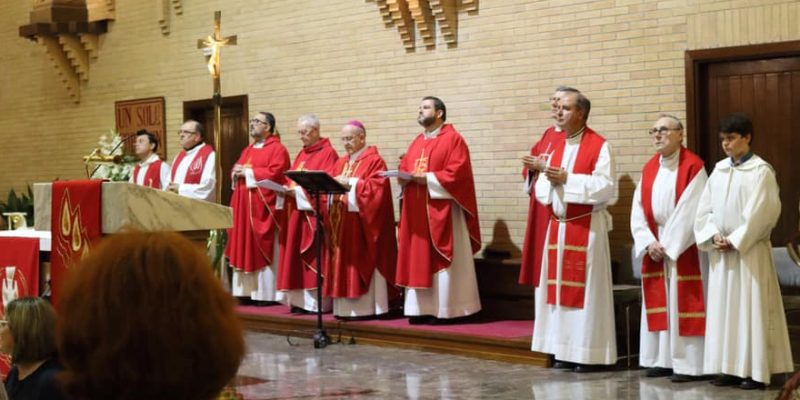
What is the clergy?
The clergy is the set of priests or spiritual leaders of a religion. The term is used especially to refer to priests of the Catholic Church, although it can also refer to leaders of other religions. The clergy has the function of administering the sacraments, preaching the teachings under the doctrine of the church and guiding the spirit of the faithful.
The members of the Catholic clergy are “ordained,” meaning that they must study and go through the tests of an institution to belong to the “priestly order.” The clergy is part of the ecclesiastical institutional structure and is organized in a pyramidal manner according to principles of authority and hierarchy.
Unlike theologians, who are scholars of religious topics, clerics are dedicated to the administration and practice of worship. Although the latter also have extensive knowledge about their creed, the titles of cleric and theologian are not equivalent.
Throughout history, the clergy It was established as a social class with privileges and functions differentiated from the rest of society. In most cases, this gave its members political, economic and social power. Furthermore, it was characterized by the exclusion of women and their relegation to lower positions in the ecclesiastical hierarchy.
Today, the clergy remains an important group in society, respected by the religious faithful. In some countries, the clergy is fully or partially financed by the State, and is subject to special legislation.
The word “clergy” comes from ancient Greek klēroswhich means “lot” or “inheritance.” Originally it referred to the land that was assigned to the settlers. Over time, it acquired a religious meaning and began to designate God's portion or inheritance.
In medieval ecclesiastical Latin, the term clerus It was consolidated as the group of people consecrated to sacred service, such as priests, bishops and other religious ministers.
Frequently asked questions
What is the clergy?
The clergy is the group of priests or spiritual leaders who are part of the different institutions of a religion.
What are the main functions of the clergy?
Among its main functions are celebrating religious ceremonies, administering sacraments, preaching, teaching religious doctrine and spiritually guiding the faithful.
What is the historical role of the clergy in society?
Throughout history, the clergy had great influence on morality, education, politics, and social order.
Who can be part of the clergy?
Generally, only men can be ordained as priests, bishops, or deacons and join the clergy. Women are often excluded from senior positions in the religious hierarchy.
Are nuns part of the clergy?
No. The clergy comprises ordained male priests who administer sacraments, while nuns are women who live in religious communities dedicated to prayer and service.
Characteristics of the clergy
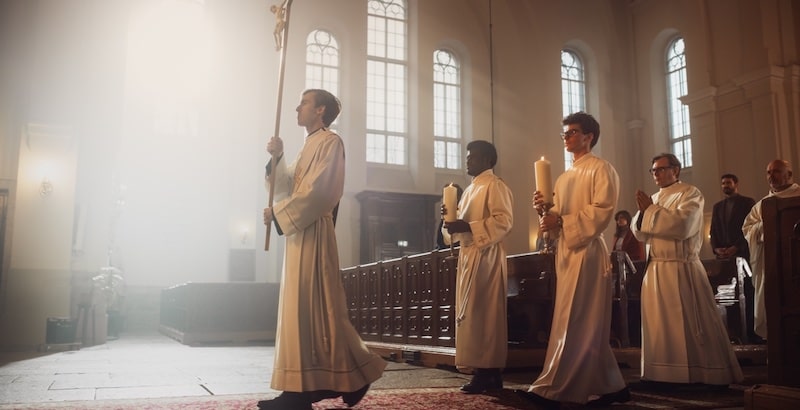
Among the main characteristics of the clergy are:
- Ordination Members of the clergy are ordained through a specific ritual process within their religion, which grants them spiritual authority and the ability to perform certain religious and sacramental acts.
- religious functions Its members have specific roles in the religious community, such as celebrating rites and sacraments, preaching, teaching religious doctrine, and spiritual leadership.
- Hierarchy In many religions, the clergy is organized in a hierarchical structure that may include different levels (such as priests, bishops, and archbishops, among others), each with specific roles and responsibilities.
- Dedication Many clergy choose a life dedicated entirely to religious service and may take vows of poverty, chastity, or obedience, depending on the religious tradition to which they belong.
- Influence Historically, the clergy has had a significant influence on society and politics, both in promoting moral values and defending social and political rights.
- Gender. Throughout history, most religions excluded women from the church hierarchy. Today, gender discrimination is still present: resistance to doctrinal and traditional changes limits the participation of women as religious leaders.
See also: World religions
Clergy of the Catholic Church

The clergy in the Catholic Church It is organized hierarchically as follows:
- Dad. The Pope is the supreme leader of the Church. He has the ultimate authority over all religious matters and is considered the successor of Saint Peter (the disciple of Jesus, founder of the Church). He is elected by the College of Cardinals (a papal council made up of high-ranking bishops) and has the responsibility of defining doctrine, guiding Church policy, and being the chief pastor for all Catholics in the world.
- Bishops and archbishops. Bishops oversee large ecclesiastical regions called dioceses. They possess the fullness of the sacrament of orders, so they can ordain deacons and priests. They are responsible for doctrine, discipline and pastoral guidance within their dioceses. Some bishops are designated as archbishops when they lead archdioceses, which are dioceses of greater importance.
- Priests Priests celebrate ceremonies (masses) and administer most sacraments, such as confession, the Eucharist, marriage, and anointing of the sick. They may be assigned to specific parishes within a diocese or belong to religious congregations. They are central figures in parish life, providing spiritual and pastoral leadership to their communities.
- Deacons. They assist priests and bishops in liturgical and pastoral tasks. They can preach, baptize, preside at marriages and funerals, and assist in the celebration of the Eucharist.
On the other hand, the clergy of the Catholic Church It is classified into two categories: the secular clergy and the regular clergy. These are distinguished by their lifestyle, their organization and their functions within the Church.
secular clergy
The secular clergy, also known as “diocesan clergy,” It is made up of priests, presbyters, deacons and bishops who live and work in the world directly serving parish communities.
Its functions include celebrating the mass, administering sacraments such as baptism, marriage and anointing of the sick, preaching and spiritual guidance of parishioners.
regular clergy
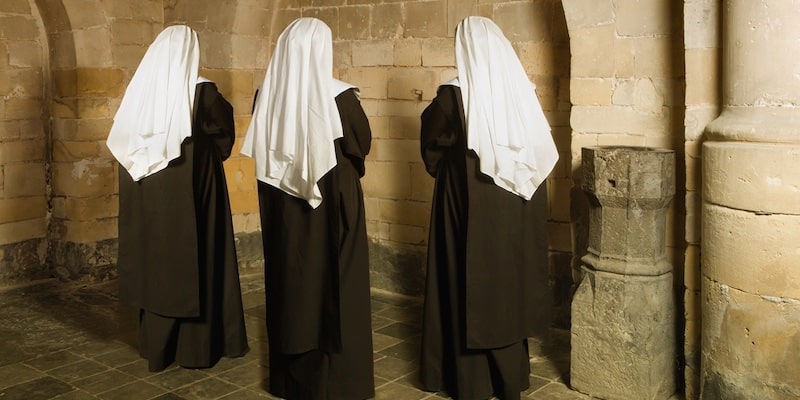
The regular clergy It is made up of priests, monks and friars who belong to religious orders or congregations. “Regular” comes from the Latin term regulateswhich means “rule,” and refers to the specific rules or constitutions that these clerics follow.
Members of the regular clergy live in religious communities, such as monasteries or convents, and follow a particular rule of life established by their order (for example, the Rule of Saint Benedict for Benedictines).
They make solemn vows of poverty, chastity and obedience, committing to follow the discipline and charisma of their religious order. In addition to liturgical and sacramental functions, many regular clergy are dedicated to education, mission, social work, and contemplation.
Although they are under the authority of the pope and, to a certain extent, the local bishop, religious orders have a certain autonomy in their internal organization.
High and low clergy
The terms “high clergy” (or “upper clergy”) and “low clergy” (or “lower clergy”) refer to a socioeconomic division that existed during the Middle Ages.
- High clergy It was made up of the ecclesiastical authorities and the highest positions, reserved for members who came from noble families and a royal lineage.
- Low clergy It included priests, monks and friars descended from peasants and urban artisans.
Although both enjoyed the virtues of belonging to the clergy, which together with the aristocracy were part of the favored social classes, the distance between the standard of living of each and the other was enormous.
Clergy in Islam
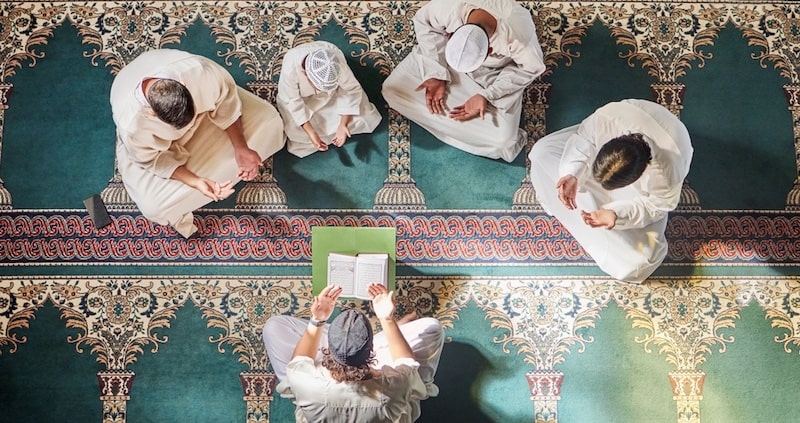
In Islam, the clergy does not have a formal hierarchical structure as in Christianity. Imams are the leaders of prayers in mosques and offer spiritual and religious guidance to the community. They may also preach during Friday sermons and lead daily prayers.
To become an imam, there is no formal ordination process. All that is required is a deep knowledge of the Quran and Islamic jurisprudence.
Ulema are Islamic scholars who study and teach the sharia (Islamic law) and the Hadith (sayings of the prophet Muhammad). They emit fatwaswhich are legal or religious interpretations, and have an educational and judicial role in the community.
Clergy in Judaism
The clergy in Judaism It is composed mainly of rabbis and cantors (jazanim). Rabbis are religious leaders who have a deep knowledge of the Torah and the Halacha (Jewish law). They teach, interpret Jewish law, lead religious services, and provide spiritual and moral guidance to the community.
To become a rabbi, it is necessary to complete extensive studies in yeshivas (rabbinic schools) and be ordained. The singers (jazanim) are responsible for leading prayers in synagogues, singing and reciting the liturgies. They may also teach liturgical music and Hebrew to members of the congregation.
Clergy in Hinduism
In Hinduism, the clergy It is composed of pujaris and gurus. Pujaris are priests who perform rituals and ceremonies in temples, ensuring the purity and correct execution of the rituals. They officiate at pujas (worship ceremonies), religious festivals, and rites of passage, such as marriages and funerals.
Gurus are teachers who guide their disciples on their spiritual path, offering teaching and advice based on Vedic scriptures and meditation. Gurus play a vital role in transmitting spiritual knowledge and may have disciples both in India and abroad.
Clergy in Buddhism
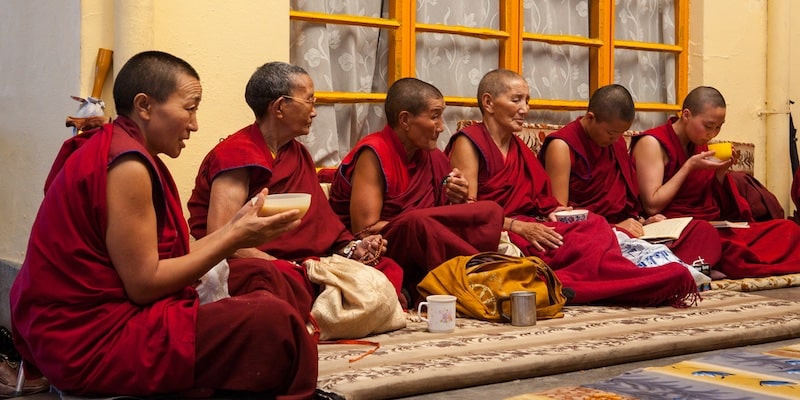
Buddhist clergy includes monks and lamas. Buddhist monks live in monasteries and are dedicated to meditation, the study of the teachings of Buddha (Dharma) and teaching the laity. They follow strict monastic rules and their lives focus on spiritual practice and the propagation of Buddhism.
In Tibetan Buddhism, lamas are spiritual teachers who possess a high level of spiritual realization and knowledge. The Dalai Lama is the best-known example and has significant religious and cultural influence. Lamas may also supervise Buddhist monasteries and schools.
References
- Ellwood, RR and Alles, GD (Eds.). (2007). Buddhism; Christianity; Dalai Lama, Hinduism; Islam; Judaism. The Encyclopedia of World Religions. Facts on File.
- Kerr, A and Wright, E. (2015). Roman Catholic Church. Oxford Dictionary of World History. Oxford University Press.
- The Editors of Encyclopaedia Britannica. (2024). Clergy. Encyclopedia Britannica. https://www.britannica.com/

